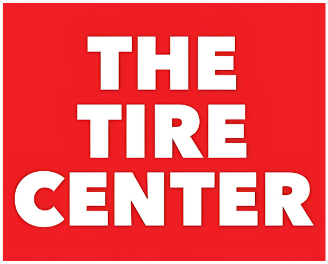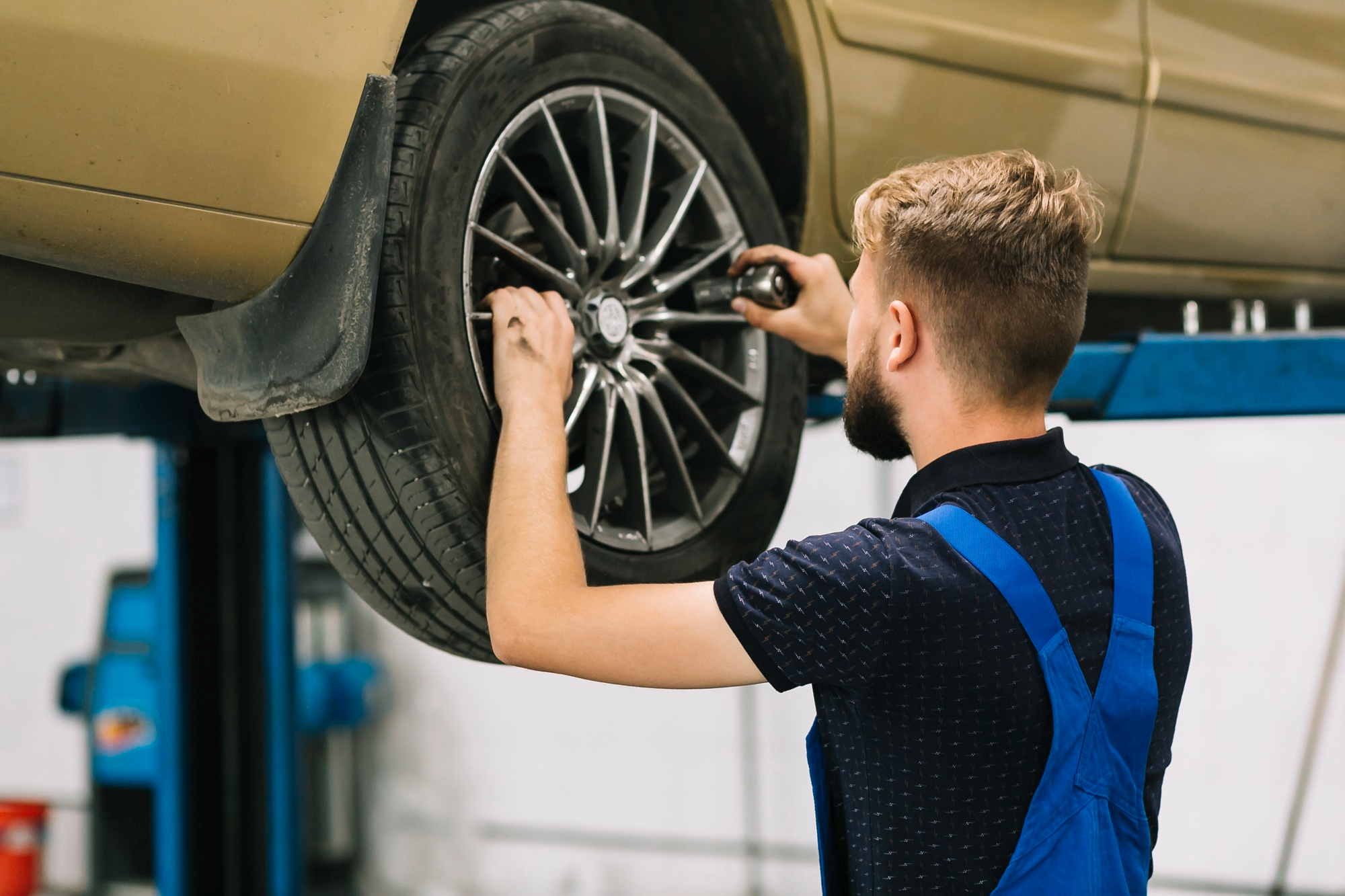If you’ve ever felt your car pulling slightly to one side or noticed uneven tire wear, chances are you’ve wondered whether you need a wheel alignment. But when it’s time to get one done, many drivers aren’t exactly sure what the service includes. A wheel alignment service isn’t just about adjusting your tires to look straight—it’s a detailed process that ensures your vehicle handles properly, your tires last longer, and you drive safely and efficiently.
Below, we’ll break down what actually happens during a wheel alignment, why it’s so important, and how it benefits your vehicle from top to bottom.
What exactly is a wheel alignment?
A wheel alignment is a precision adjustment to your vehicle’s suspension system that ensures your tires meet the road at the proper angles. This isn’t about turning the wheels themselves but rather aligning the angles of the suspension components that hold them in place. When done correctly, a professional alignment ensures your car drives straight and smooth without pulling, drifting, or vibrating unnecessarily.
During the alignment process, technicians use advanced equipment to measure and adjust three key angles:
- Toe: The angle at which your tires point inward or outward when viewed from above. An incorrect toe can cause your car to “wander” or create uneven tire wear.
- Camber: The inward or outward tilt of your wheels when viewed from the front. Too much tilt can lead to one side of the tire wearing down faster than the other.
- Caster: The forward or backward tilt of your steering axis when viewed from the side. Correct caster helps your car track straight and return to center after turns.
Some alignments also include a thrust angle check, which ensures all four wheels are perfectly aligned with each other and the vehicle’s centerline. This step is vital for cars with four-wheel or all-wheel drive.
What does the wheel alignment service include?
A professional wheel alignment service is far more than a quick tweak with a wrench. Modern shops use computer-guided alignment machines to ensure precise results. Here’s a closer look at what’s typically included:
- Initial inspection
The technician begins by inspecting your tires, suspension components, and steering system. If they notice worn-out parts—like ball joints, tie rods, or bushings—those issues may need to be fixed before the alignment can be done. A bad suspension component can throw off alignment and make the service ineffective. - Tire and wheel check
Tires must be properly inflated and in good condition for an alignment to work as intended. The technician checks tire pressure and tread depth, ensuring there aren’t major defects like bulges or excessive wear that would compromise the process. - Computerized measurements
The car is placed on an alignment rack where sensors and cameras measure wheel angles with extreme accuracy. This data is compared to the factory alignment specifications for your specific make and model. - Adjustments
Using the machine’s feedback, the technician adjusts the toe, camber, and caster angles until they match factory recommendations. Depending on your vehicle, adjustments may involve loosening bolts, adding shims, or repositioning suspension components. - Steering wheel centering
The steering wheel should be perfectly centered when you’re driving straight. The alignment process includes making sure your wheel isn’t tilted to one side, which can cause unnecessary stress and poor handling. - Final check and test drive
Once adjustments are complete, the technician re-measures everything to confirm the alignment is correct. Some shops also take the vehicle for a brief test drive to ensure the car tracks straight and handles properly.
Why is wheel alignment so important?
It’s tempting to think of alignment as a “nice-to-have” service, but it plays a critical role in your vehicle’s performance and safety. Here’s why it matters:
- Extends tire life: Misaligned wheels cause uneven tire wear, meaning you’ll be replacing your tires much sooner than necessary.
- Improves handling and safety: A properly aligned car responds better to steering input and maintains stability at higher speeds or in emergency maneuvers.
- Boosts fuel efficiency: Misalignment creates rolling resistance, which forces your engine to work harder and burn more fuel.
- Protects suspension components: Driving with poor alignment puts extra strain on shocks, struts, and other suspension parts, leading to premature wear and costly repairs.
Signs you might need a wheel alignment
If you’re wondering whether it’s time to schedule a wheel alignment service, watch for these common warning signs:
- Your car pulls to one side when driving straight
- The steering wheel isn’t centered
- You notice vibrations in the steering wheel
- Tires show uneven or rapid tread wear
- You’ve recently hit a pothole, curb, or other major road hazard
It’s also a good idea to get your alignment checked after replacing tires or suspension parts, or at least once a year as part of regular maintenance.
How long does a wheel alignment take?
On average, a wheel alignment service takes about 45 minutes to an hour. If suspension repairs are needed before the alignment, it could take longer. Some vehicles—especially those with advanced or performance-oriented suspension systems—require more complex adjustments, which can also add time.
How often should you get an alignment?
Most experts recommend checking your alignment annually or every 12,000 miles, whichever comes first. However, you may need to schedule one sooner if you hit a major pothole, experience any of the warning signs above, or have new tires installed. Keeping your alignment in check is one of the easiest ways to protect your tire investment.
Why choose a professional alignment service?
While some DIY enthusiasts attempt to align wheels themselves, modern vehicles are too complex for guesswork. Professional shops use high-tech machines that can measure alignment angles down to a fraction of a degree. More importantly, certified technicians understand how to make precise adjustments for your vehicle’s unique suspension setup.
At a professional tire and alignment shop, you’ll also benefit from a complete vehicle inspection. If there are underlying issues—like loose tie rods or worn bushings—they can be repaired at the same time, saving you from future problems.
Pair your alignment with new tires for the best results
A fresh alignment is the perfect companion to a new set of tires. If you’re planning to replace your tires soon, scheduling an alignment at the same time ensures your new tires will wear evenly from day one.
Our shop makes it easier than ever to get the right tires for your vehicle. You can shop online, order top-tier tire brands, and have them professionally installed in-store by certified technicians. With a wide selection of custom tire options, you’ll find exactly what fits your car and driving style.
Plus, we offer special promotions on sets of four tires, flexible financing options, and a tire warranty that goes above and beyond typical coverage. Our mission is simple: to help you protect your investment and enjoy a safer, smoother ride.
If your car is pulling to one side, the steering wheel feels off-center, or you just want to make sure your tires last as long as possible, now is the perfect time to book your wheel alignment service. You can also take advantage of our seamless online tire shopping experience: browse, compare, and order tires right from home, then schedule your installation and alignment with our expert technicians.
Get started today and enjoy the confidence of knowing your car is in top shape. Order your tires online and book your professional installation now for the safest, smoothest ride possible.


